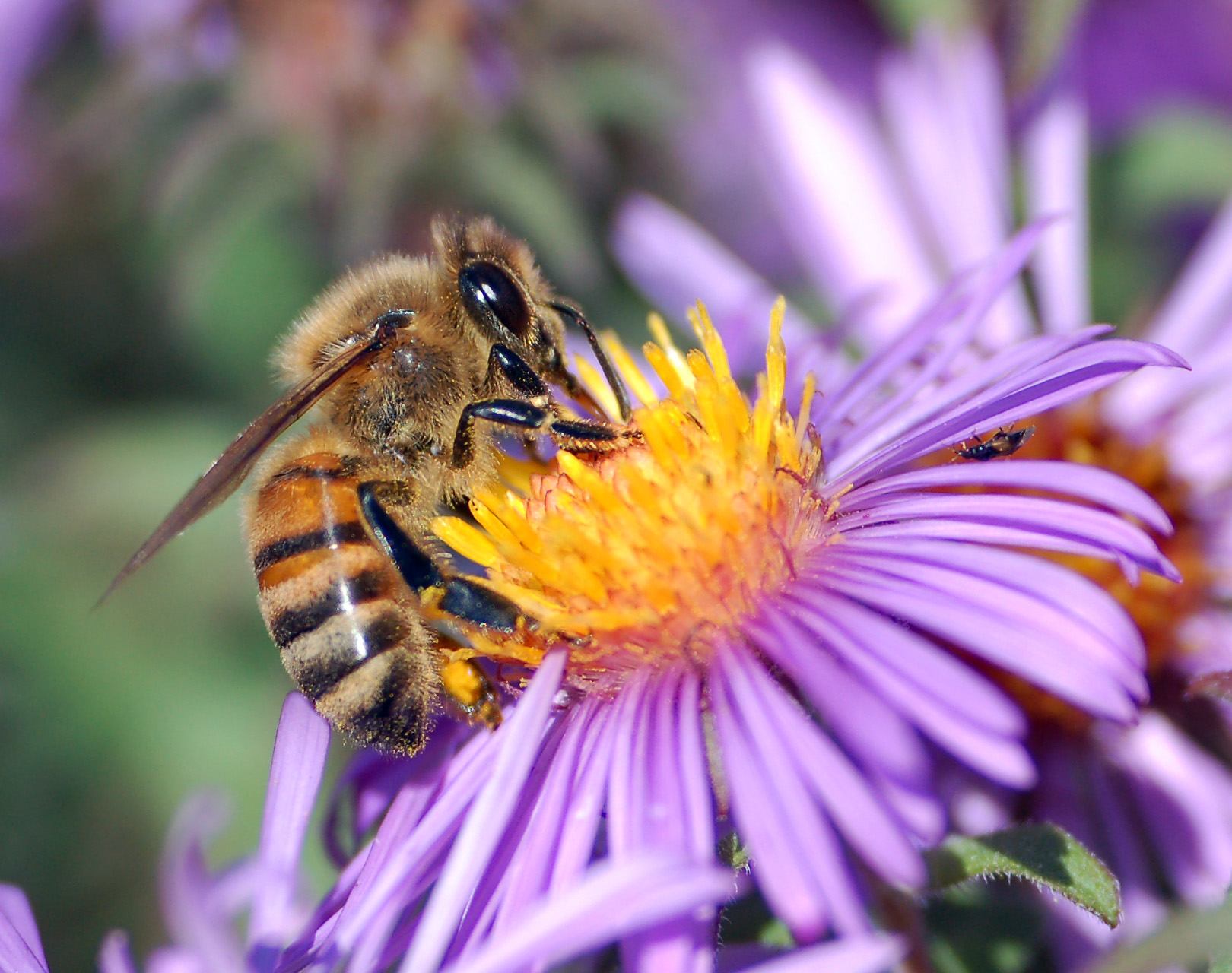 owever, Dr May Berenbaum and her team report in the current Proceedings of the National Academy of Sciences (in a paper called Changes in transcript abundance relating to colony collapse disorder in honey bees (Apis mellifera), Reed et al., published online Aug 24) that they may now actually be closing in on a convincing explanation of why so many bees are dying.
owever, Dr May Berenbaum and her team report in the current Proceedings of the National Academy of Sciences (in a paper called Changes in transcript abundance relating to colony collapse disorder in honey bees (Apis mellifera), Reed et al., published online Aug 24) that they may now actually be closing in on a convincing explanation of why so many bees are dying.The investigators used microarray technology to compare the genes being expressed in the gut of sick bees vs. healthy bees, on the east and west coasts of the US, searching for a genetic footprint that might lead them to the cause of the disorder. If they found immune genes differentially expressed in sick bees, they could conclude that the bees were fighting an infection (however ineffectively). If they differentially found detoxification genes involved in response to pesticides, that would suggest a man-made cause. And so on. They also put pathogen DNA on these microarrays to see whether they could identify pathogens that might be more abundant in sick bees.
They found a lot of variation in gene expression between east and west coast bees, but generally, 65 genes seemed to be more frequently expressed in sick bees than healthy ones. These genes did not include an elevated level of pesticide response genes, or immune response genes, suggesting that these two oft-suggested insults were not the answer. To the surprise of these investigators, however, and rather by accident, they found broken fragments of ribosomes, protein manufacturing 'factories' that are inside every cell, in bees suffering from CCD. They also found evidence of picorna-like viruses (pico=small, picorna = small rna), which attack ribosomes by insinuating themselves into the bees' ribosomal RNA and disrupting control over which proteins the hijacked ribosome can synthesize. And, the team found ribosomal fragments, suggesting that infection can degrade these molecules. The ribosome ends up reproducing the virus's RNA (or none at all), but not the bee's, so that the bees are then unable to make the proteins they need to fight infection. Thus, Berenbaum et al. suspect that after the ribosomes have been attacked, any and every insult, including pesticide exposure, exhaustion, other infectious agents, and so on could precipitate the death of the colony.
If this really does explain CCD, does this mean it's treatable or preventable? No, at least not yet. This study represents a great use of a high tech method to tell a story, but, as in human genetic diseases, even when a causative gene is identified, this rarely points the way to a cure. For now, if confirmed, these results can be diagnostic, meaning that hives on the verge of collapse can now be identified. Whether collapse can then be prevented is not clear, at least to us.
Berenbaum went on to suggest, as a guest on the BBC program Material World on August 27, that working honey bees in the US and Europe represent only a "tiny slice of honey bee genetic diversity". There are more than 20 races of honey bee, she says, and she trusts that the amount of genetic diversity maintained by these races will be sufficient to save the bees. It's early days in our understanding of the honey bee genome, she said, but characterizing the function of more bee genes might help. It's not clear whether she's envisioning genetically modified bees, or artificial selection to increase the bees' resistance to the viruses now infecting them, or some other preventive measure, but she's hopeful. We hope she's right to be.

No comments:
Post a Comment